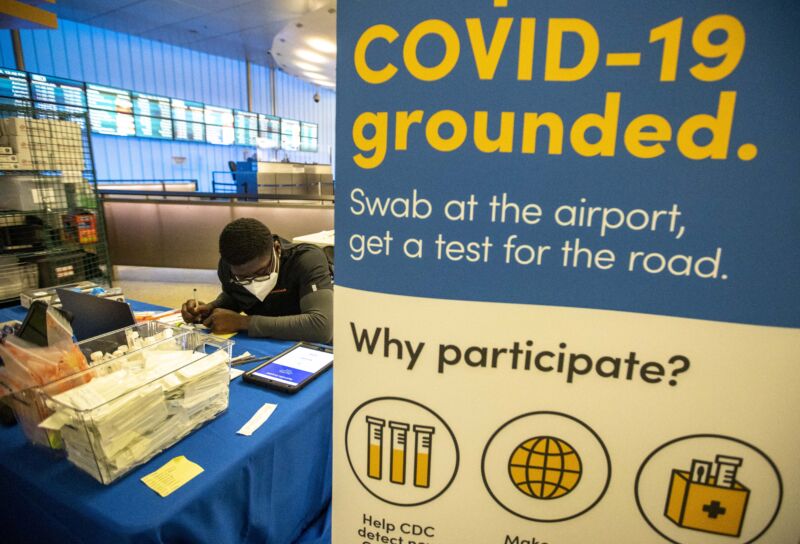-
 chevron_right
chevron_right
Amid China’s massive COVID wave, 42% of people on one flight tested positive
news.movim.eu / ArsTechnica · Friday, 13 January, 2023 - 23:05

Enlarge / A passenger wearing protective clothing amid the COVID-19 pandemic waits to board a domestic flight at Shanghai Pudong International Airport on January 3. (credit: Getty | HECTOR RETAMAL / AFP )
Although China has largely abandoned COVID-19 case reporting, evidence of its massive wave of infection readily shows up in airports outside its borders.
On a December 26 flight from the southeastern city of Wenzhou to Milan, Italy, 42 percent of the 149 passengers on board tested positive for COVID-19 upon arrival, according to a study published Thursday in the journal Eurosurveillance .
The Italian researchers behind the study also looked at test-positivity rates of three other flights from eastern cities in China to Italy, two to Milan and two to Rome, all at the end of December. Collectively, 23 percent of the passengers from the four flights (126 of 556 passengers) were positive for SARS-CoV-2. The other three flights had positivity rates of 19 percent, 11 percent, and 14 percent.








